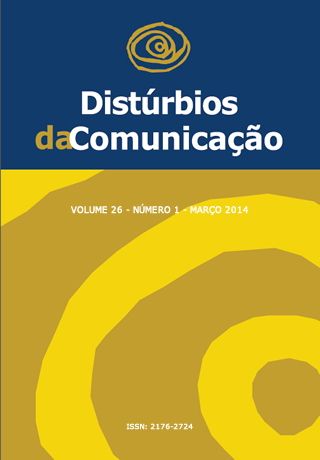Influence of the profile and the trend in facial stomatognathic system functions
Keywords:
stomatognathic system, mouth breathing, face, mastication, deglutition.Abstract
Objective: verify the association between the functional alterations of the stomatognathic system with different facial profiles and tendencies. Method: A sample of 35 children, with ages between six and twelve years, subject to anthroposcopic (with photographic documentation and filming), cephalometric and otorhynolaryngologic evaluations. After tabulating the data, were analyzed the concordance between judges for chewing and swallowing through the Kappa test. This was followed by the association of the variables of profile and facial tendency with chewing, swallowing and breathing with Chi-Square and Fisher exact test. For this, was adopted as the significance level p <0.05. Results: it was not found significant association between the stomatognathic functions studied and profile and facial tendency, however, there was a discrete increase of muscle contractions atypical in the swallowing in children at Class I and prevalence of oral breathing in children classified as Class II. Conclusion: the profile and the facial tendency were not decisive for the changes in the stomathognatic function, demonstrating that these may be related to other factors not investigated in this study.Downloads
Metrics
Downloads
Published
Issue
Section
License
Copyright (c) 2014 Andrielle Bitencourt Pacheco, Ana Maria Toniolo da Silva, Ana Paula Blanco-Dutra, Carolina Lisbôa Mezzomo, Angela Ruviaro Busanello-Stella

This work is licensed under a Creative Commons Attribution 4.0 International License.









